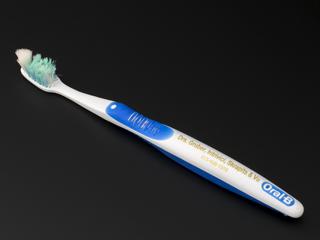
Small-scale model of an AVRO Lancaster aircraft
2007

2007

circa 1750





2010


1830-1850

1958



1990-1993 (spare); 1995 (original launched)

2016

2007-2009

1916

1966


2010
before 2010
before 2010
1681-1702
1681-1702
1681-1702
2014
1938
1944
2015
1980-2015
1869
1681-1702
2014
1948
2002